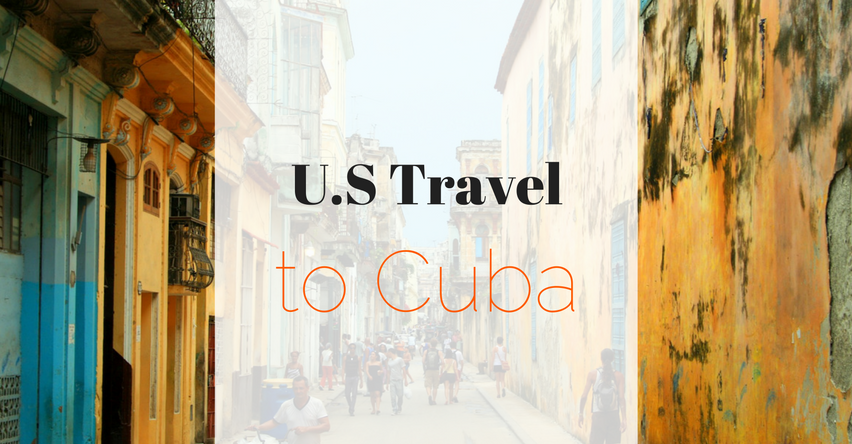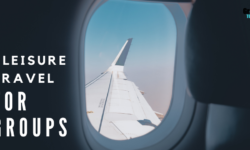In case you haven’t been keeping up with Cuba-U.S relations recently, you should be aware that now travel from the United States to Cuba is officially legal again, for the first time since the early 1960s. This is huge for airlines, travel agencies, and Cuba-U.S relations in general, all thanks to former President Obama’s more lax restriction policy in regard to Cuba.
However, with our recent presidential change, it may not be this way for long, President Trump ‘promising’ to end relations with the country soon enough, again. That means that you need to take advantage of visits to this culturally outstanding Caribbean island as soon as possible, which also means there are some things you need to know first!
Cuba is the largest and perhaps the most culturally and historically intriguing island within the Caribbean region. A recent survey by Allianz showed that at least ½ of Americans show interest in traveling to Cuba, making it Travel + Leisure’s ‘Destination of the Year 2015’. Beyond the vale of cigar smoke and clouded carts of rum that this country is known for, Cuba also offers visitors and locals a diversely gorgeous spectrum of natural, more tropical vistas and ecological findings, an immensely important collection of historic sites and buildings, and even a truly authentic and vibrant look at the local culture through folklore, dance, and of course, delicious foods. Spanish-colonial architecture everywhere you look, salsa music heard on every street corner, and smells of authentically Cuban spicy foods...you may never want to leave!
Here are the facts you need to know before booking your trip!
- JetBlue is the airline leading the commercial flight regime to Cuba, though several more such as American, Frontier, Silver, Southwest, and Sun Country are joining in and allowing 20 flights a day to Havana, 10 to other provincial areas such as Cienfuegos, Santiago De Cuba, and Holguin.
- There are 12 categories in which Americans can fall under in order to travel to Cuba. It is important to follow one of the 12 categories, for though travel to Cuba is legal now, it is illegal to travel here without cause, ie. a flight to Cuba to spend a week on the beach is not acceptable. Travelers must have a specific purpose and increase country to country relations, in some way. Here are the acceptable purposes:
- Family Visit
- Academic Program
-
Professional Research
-
Journalistic/religious Purposes
-
Public Performance
-
Sports Competition
-
Organize professional event or competition
-
Film or Produce TV/Movie
-
Record music
-
Create Art
-
Educational Trip
-
People to People Trip
- People to People Trips are the most common but at the same time the most tricky ways to travel to Cuba as an American, if you just want to experience the place but have no professional/family reasons. These trips are meant to be educational, a full-time schedule full of events that produce ‘meaningful interaction between traveler and individuals in Cuba’.
These can be organized trips full of meetings, lectures, and/or site visits, but must be accompanied by a guide or agent licensed in travel (GeoEx, Collette, Insight Cuba, Smithsonian Journeys, etc.). Consider visiting historical sites, taking classes, and volunteering to fulfill the affidavit requirements with this common option.
- Americans may now bring back up to $400 worth of Cuban souvenirs, $100 allowed for cigars and/or alcohol.
- Cell phone service and WiFi are few and far in between as far as access points go, so check your personal plan’s roaming agreements or plan on using the Cuban telecommunicator Elecsa. As far as WiFi, if you happen to find a spot to use it may cost up to $3 an hour for access.
- While it is technically possible for Americans to use their credit cards in Cuba, it is pretty difficult to actually get done. You must join a bank in Cuba to access your card, so it is best to just bring cash. The American dollar has a 10% tax on it, so Euros and British Pounds are pretty safe and popular here currently.
- You still will need a tourist card/visa for your visit, but most airlines will offer this with your flight (JetBlue = $50 for a card with flight).
- Booking hotels is nearly impossible through third-party travel agencies and online sites such as Expedia, so be prepared to make plans there. There are actually very few quality hotels in Cuba currently, though there are hundreds of local B&Bs, which in our opinion are a better cultural experience (local families, local foods).
- While flying is the most common way to get to Cuba, cruises are possible through Carnival to see Cuba as well. Last May they ran a 7-night cruise to Havana, Cienfuegos, and Santiago de Cuba! There are, however, no ferry services now or even in the works for Cuba.





